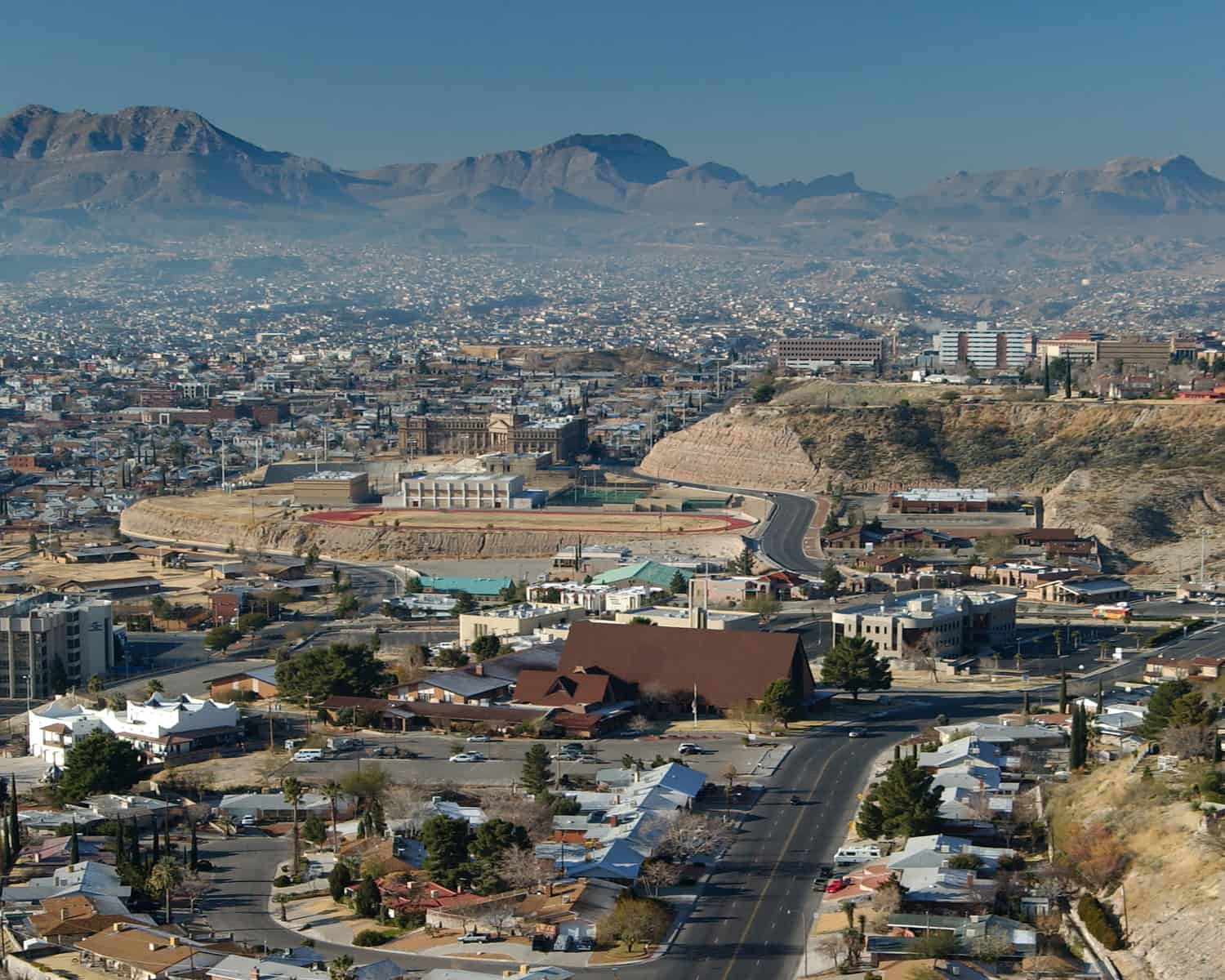
Along the Texas-Mexico border, one of the world’s mighty rivers, the Rio Grande, runs dry many months of the year. To help manage scarcity, the local water utility in El Paso, Texas, sets the least expensive first tier of water use as the average of consumption during the three winter months (when it is assumed that households are not watering their lawns). Consumption above that amount has higher prices. The inverted block pricing system operates on the assumption that low-income households consume less energy and water and high-income households consume more.
However, many low-income households are very high consumers of electricity. In general, households with a low income have more residents from multiple generations living under one roof. Because electricity consumption correlates roughly with population, these large households consume more. At the same time, low-income families rarely have the resources to purchase energy-efficient air conditioners, double-pane windows, or extra attic insulation. Consequently, older and low-income families often live in older homes that lose more energy, making them more difficult to heat or cool and driving up their energy consumption.
In contrast, higher-income households can use discretionary income to purchase systems and technologies that avoid electricity consumption. Solar panels, green building designs, efficient air conditioners, new homes, and other energy-efficient items all save energy but cost money. Accordingly, households with few residents that earn a high income sometimes consume very little electricity. While inverted block pricing encourages consumers to try harder at conservation, it might increase the burden on low-income households struggling to conserve for financial reasons as they might be the ones with the highest consumption. Municipalities should consider these human factors when reinventing their market systems.
Image Credits: Chris Hinkley/Shutterstock.com.
Update your browser to view this website correctly.Update my browser now